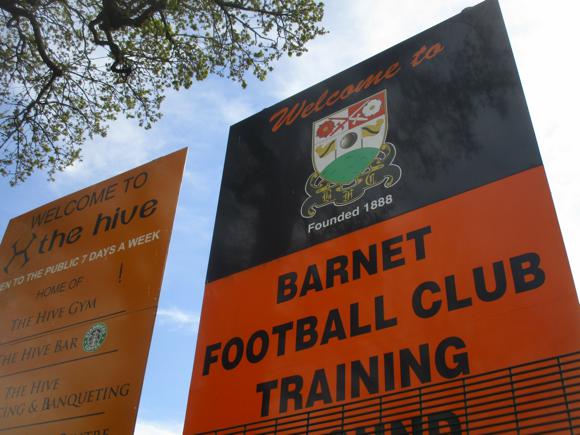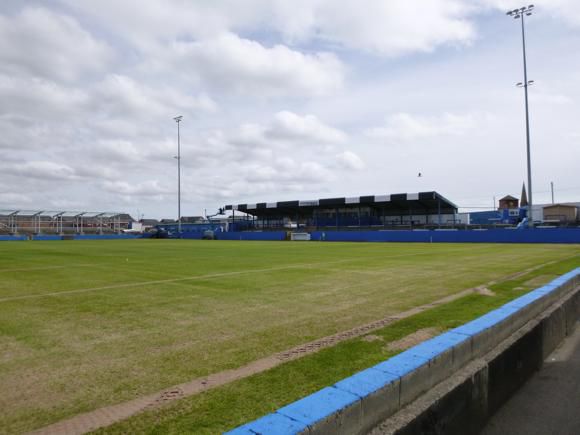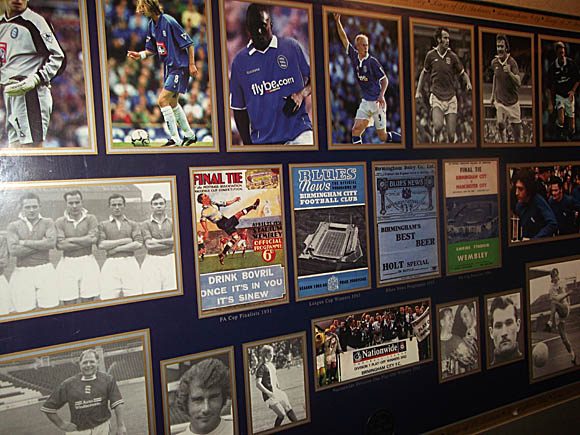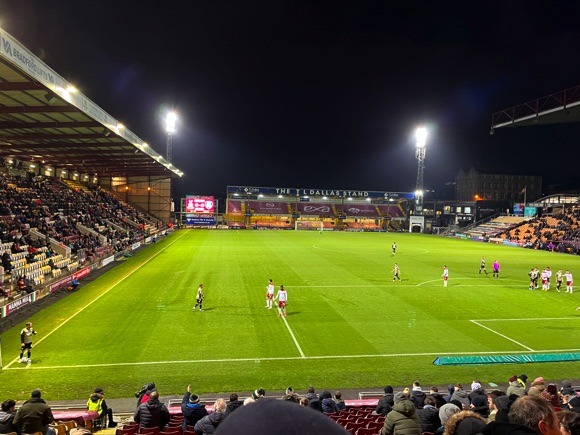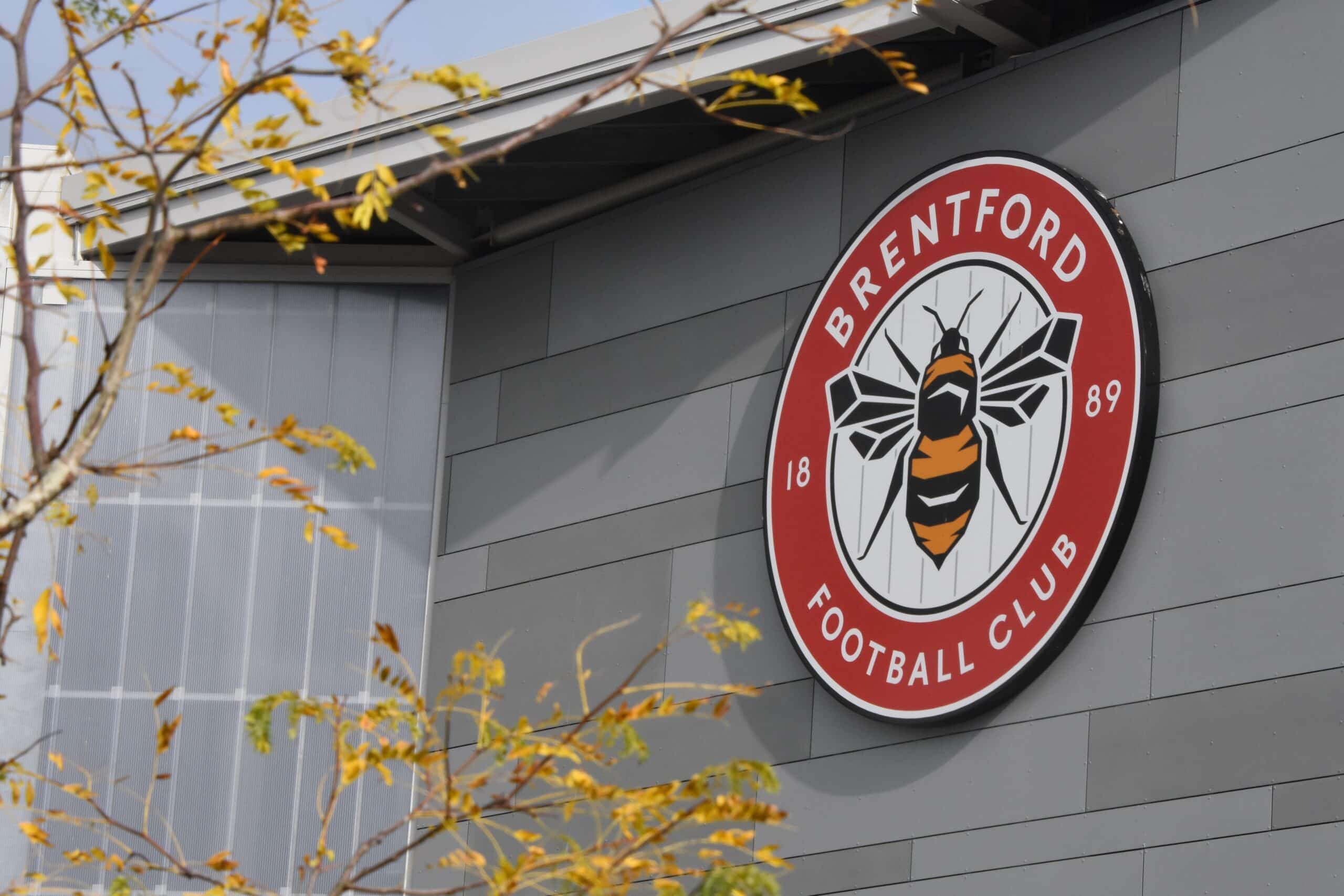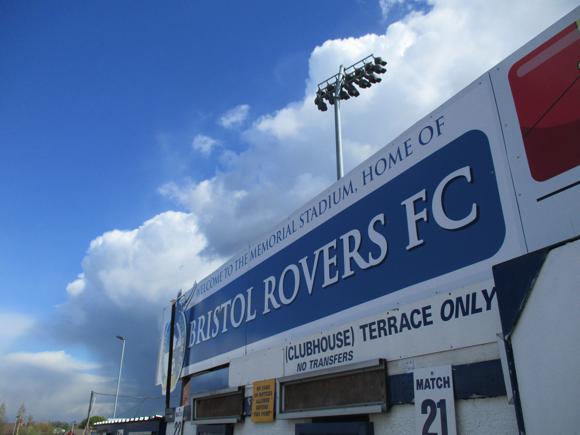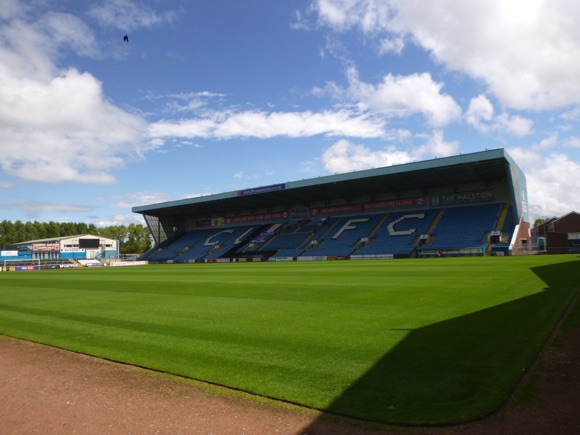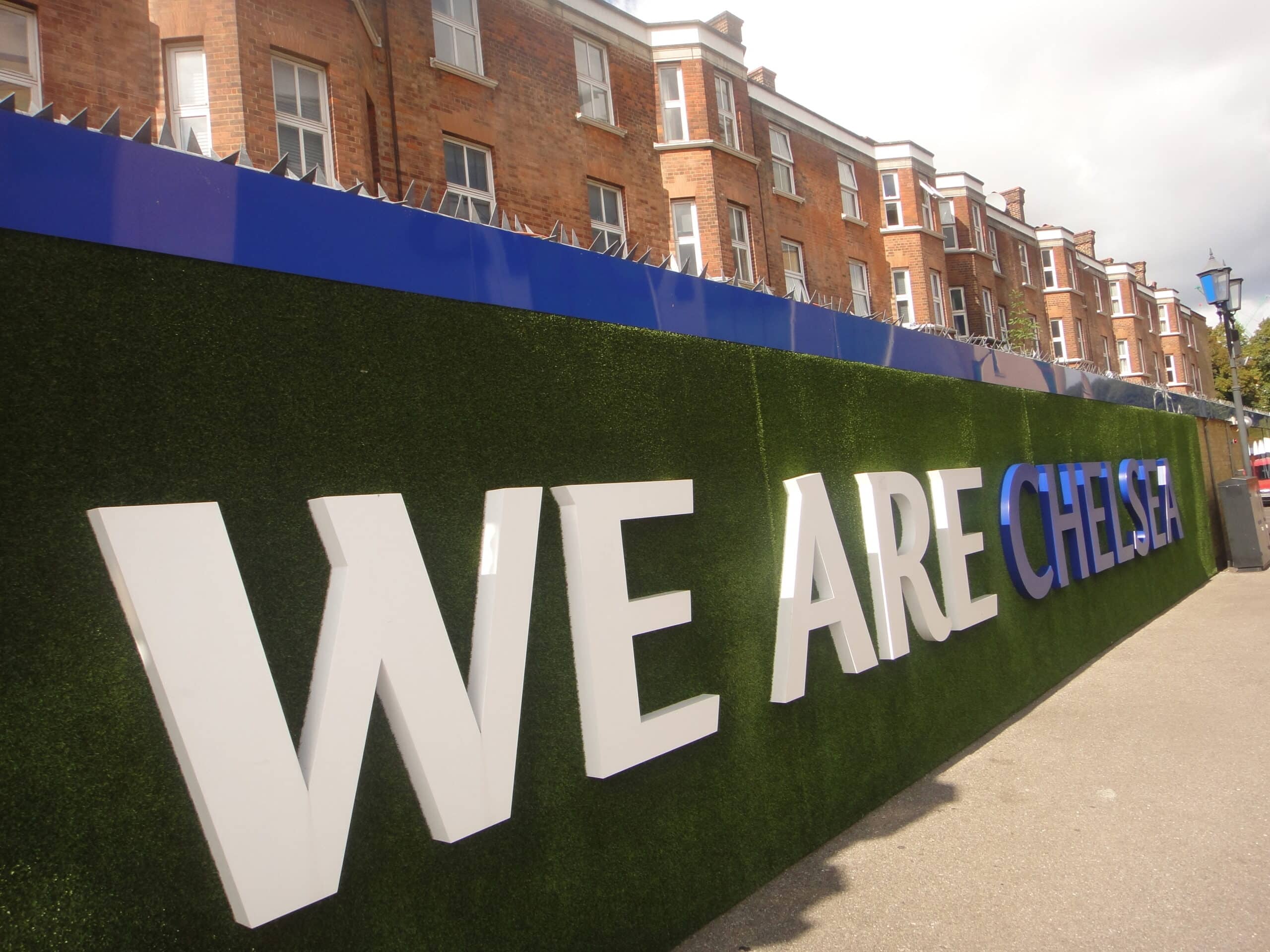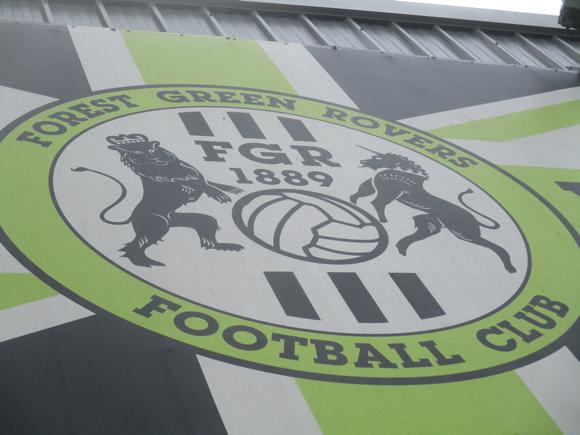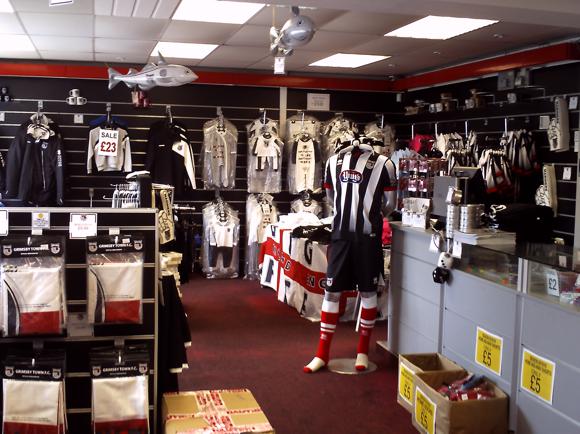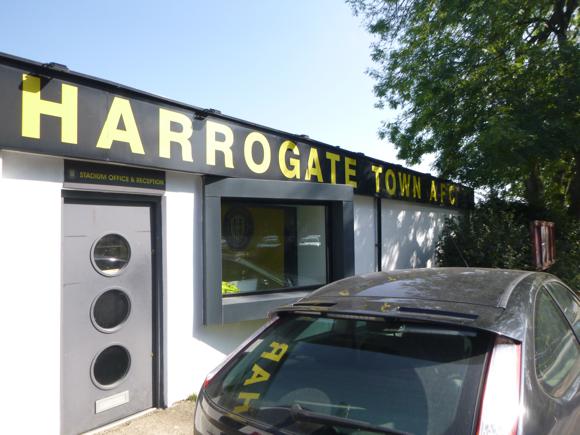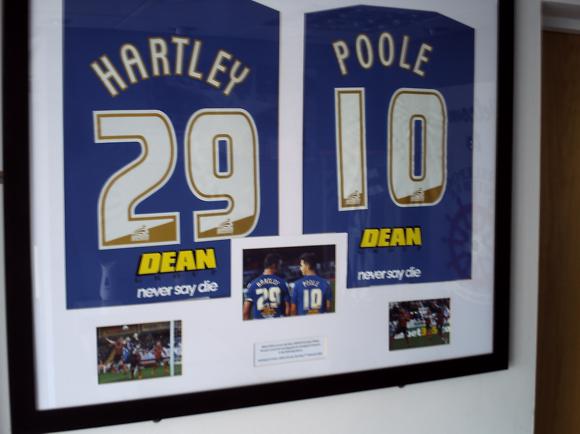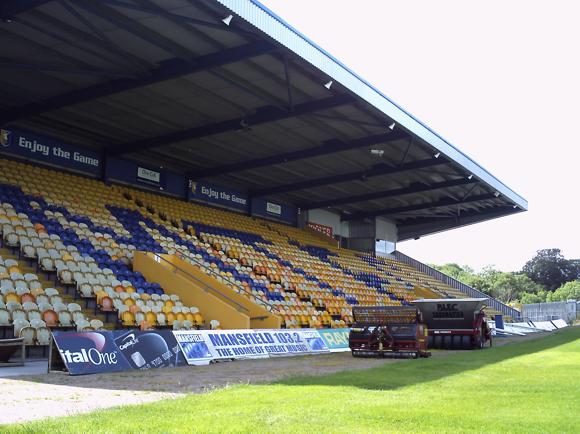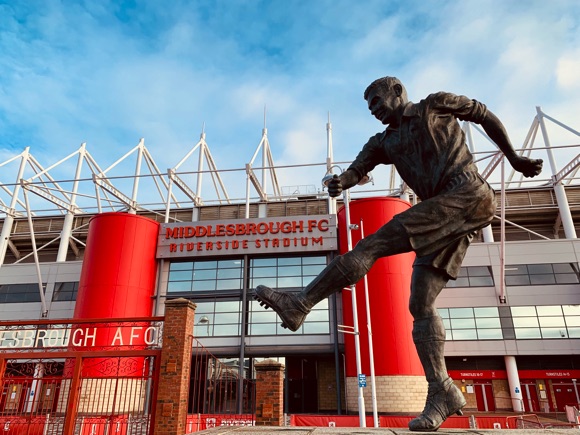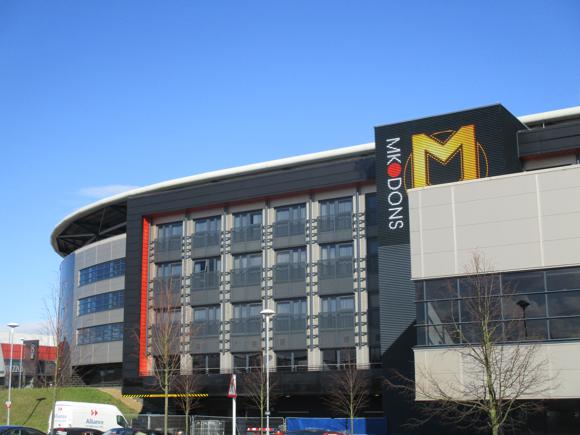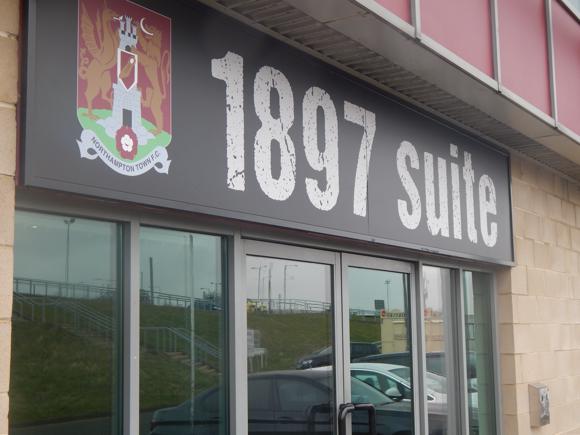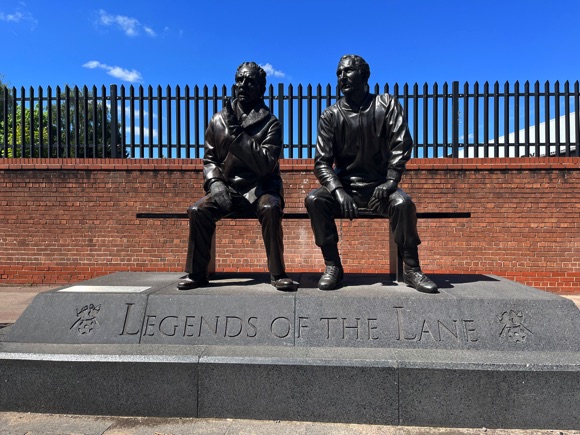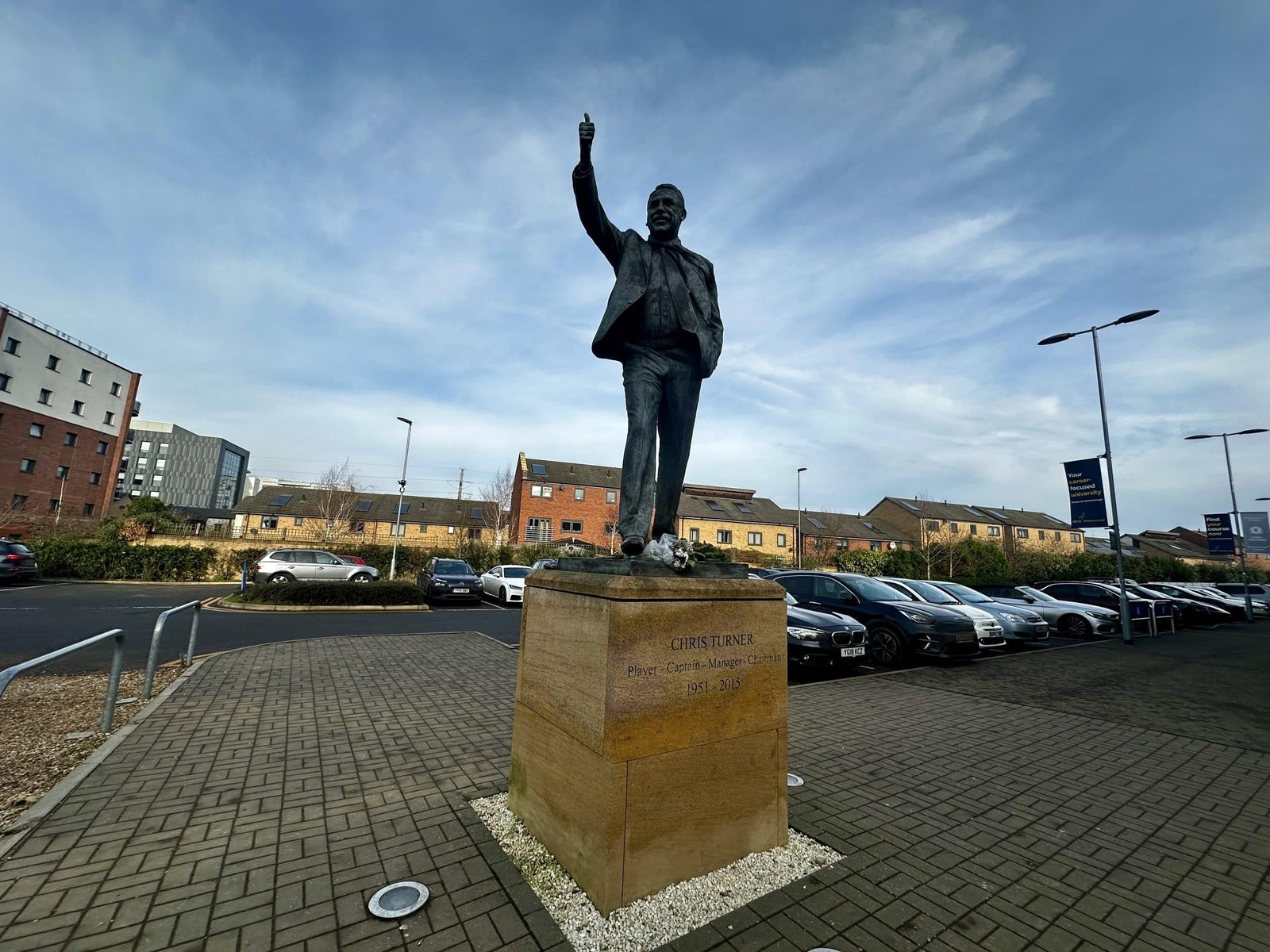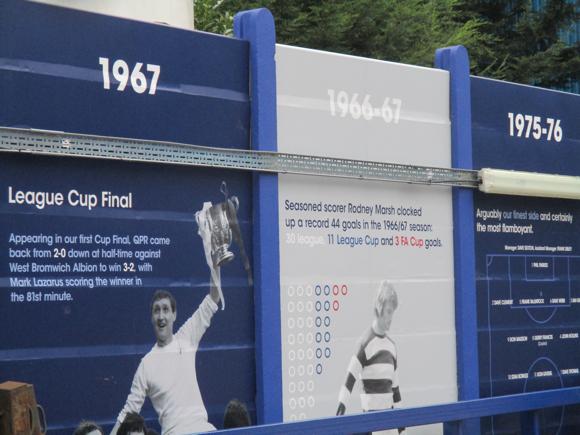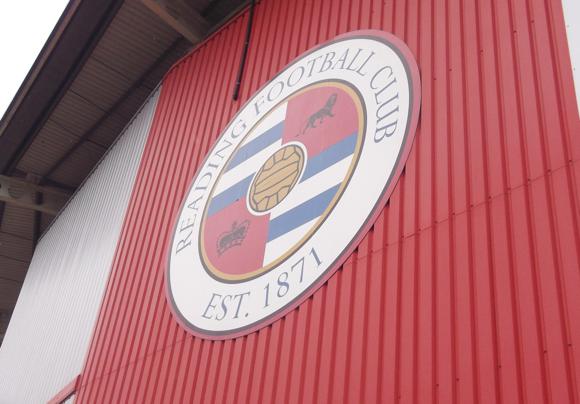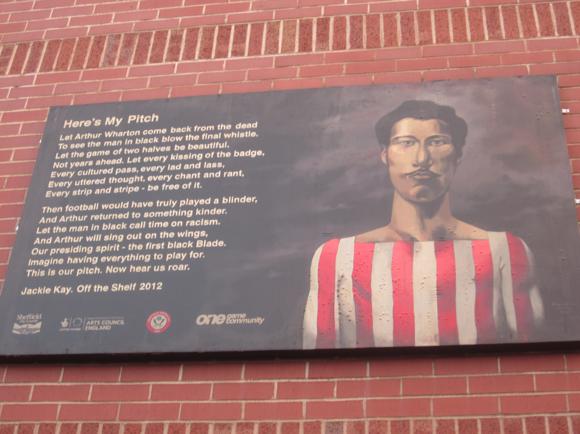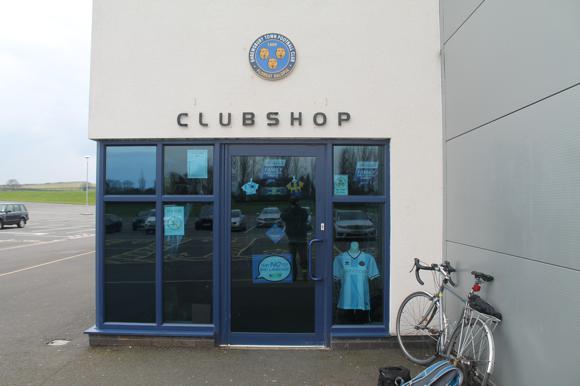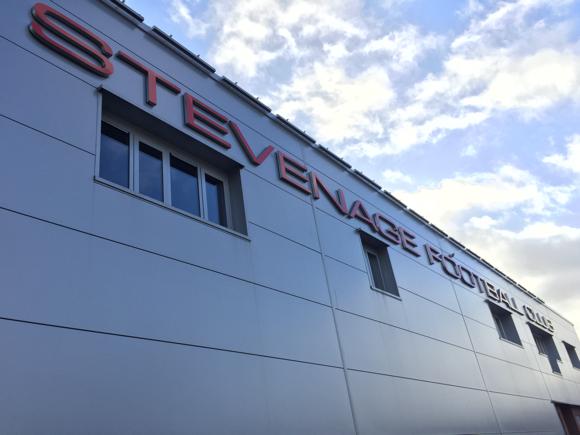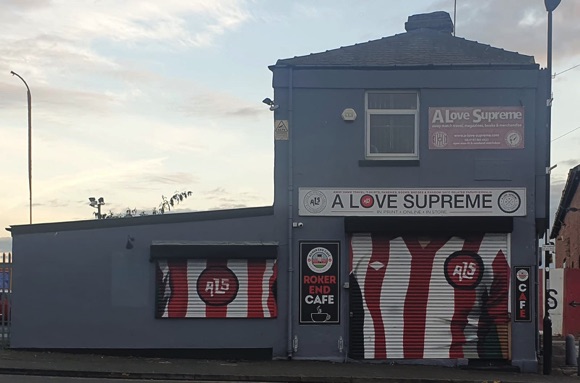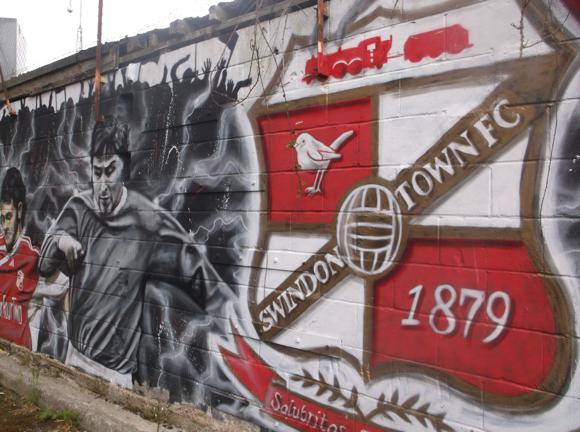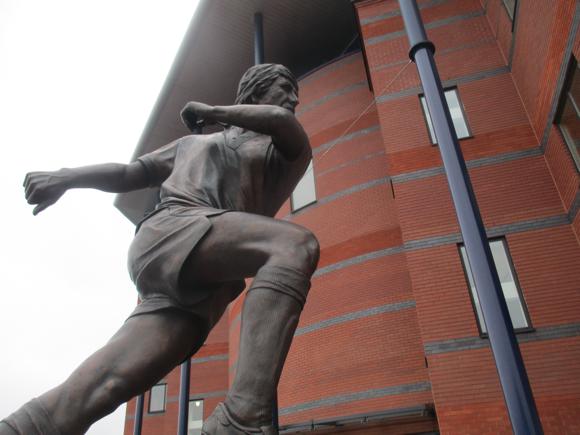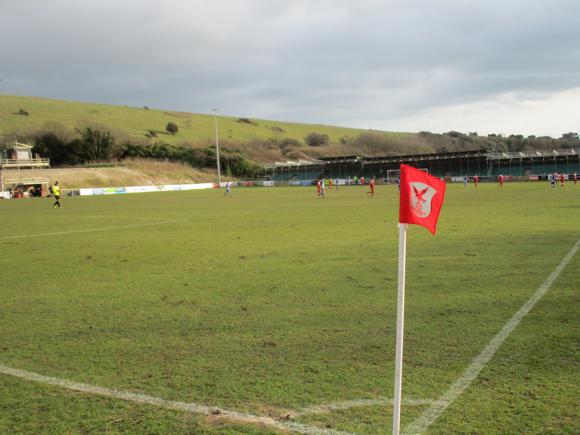A fan’s guide – the club from early doors to today
England’s most successful football club, Manchester United haven’t come near a league title since the departure of legendary manager Sir Alex Ferguson in 2013. Bowing out after winnng the Premier League for the 13th time in 26 years, the Scot had transformed a club previously transformed by his compatriot, Sir Matt Busby, in the 1960s.
Since then, United have picked up silverware – four domestic cups, the Europa League in 2017 – but Old Trafford has more notably witnessed protests, disappointment and downpours. The controversial ownership of the Glazers, saddling the world’s richest club with significant debt, first gave rise to breakaway, supporter-backed FC United of Manchester, then led to fiery demonstrations, one causing the postponement of a fixture with Liverpool in May 2021.
A few days before, as if they weren’t unpopular enough, the proprietors had seen fit to make United founder members of the hare-brained and short-lived European Super League. Executive vice-chairman Ed Woodward, responsible for so much of the club’s global sponsorship, duly resigned.
As if to illustrate the calamitously neglectful reign of the Glazers as sole custodians, in May 2024 a huge rainstorm during a match with Arsenal caused the Old Trafford roof to leak so much, the waterfall from above flooded the away team’s changing room.

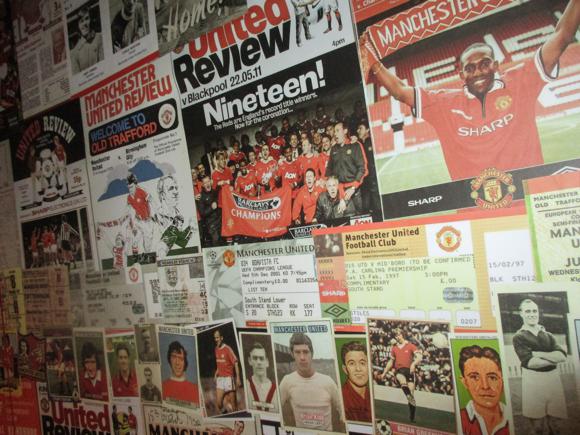
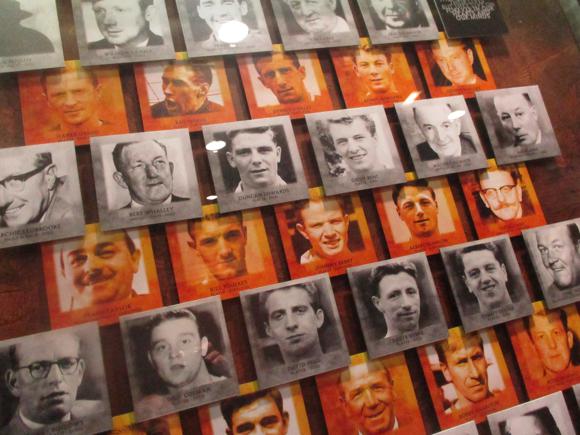
By then, UK chemo billionaire Jim Ratcliffe had already bought a stake of nearly 30% in the club, taking on the responsibility of revamping the stadium or rebuilding a new one. He has chosen the latter, at an estimated cost of £2 billion and time frame of six years.
United were founded as Newton Heath in 1878, a railway team that played in green and gold. In 1902 came the change to the more familiar name, and familiar colours of red and white. Within ten years Manchester United had won the league and FA Cup.
Mediocrity followed until the arrival of Matt Busby as manager in 1945. Placing faith in youth, ex-City stalwart Busby fielded rare talents such as Bobby Charlton and, most notably, Duncan Edwards. These high-scoring pioneers became England’s first representatives in the European Cup in 1956-57 but a season later, on February 6, 1958, many of the team perished in an air disaster in Munich.
Busby, so close to death he was given the last rites, then built a team around fellow survivor Charlton and key new signings Denis Law and Belfast-born George Best. Probably the most talented player Britain has ever produced, Best was a mercurial winger and pop icon, typified by his stunning dribbled goal to help United win the European Cup in 1968, significantly ten years after Munich.
Best lost himself to alcoholism, Busby bowed out and United trod water until Ferguson came in as manager in 1986. Inheriting midfield dynamo Bryan Robson, Ferguson re-established United’s credibility and brought silverware back to Old Trafford, in particular the inaugural Premiership title of 1993.
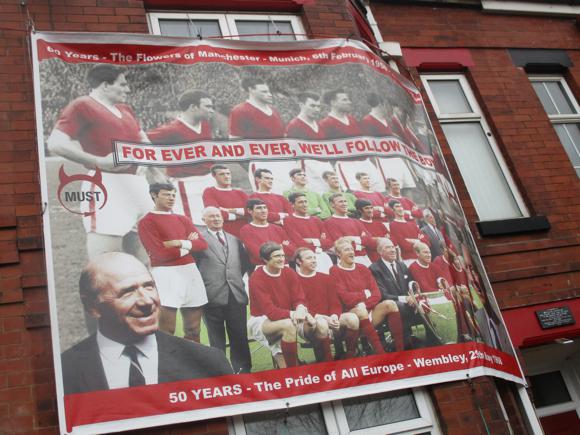


Ferguson’s star figure was Eric Cantona, a Frenchman who lit up the Premier like no other player. Ferguson also brought in talent from United’s successful youth teams of 1992 and ’93, David Beckham, Ryan Giggs, Paul Scholes and the Neville brothers. Beckham became a national icon and inherited Cantona’s legendary No.7 shirt.
United became England’s top club and, despite trailing 1-0 for most of the game, dramatically won the Champions League over Bayern Munich with two last-gasp goals in the treble year of 1999.
The following decade was dominated by the highly leveraged takeover of the club by Malcolm Glazer. While Ferguson remained in place, and United shared monopoly of the Premier with Arsenal and, later, Chelsea, fans dressed in the green and gold of Newton Heath to stage regular protests. Beckham left in 2003, shortly before teenage prodigy Wayne Rooney joined from Everton.
Winners of the Champions League in 2008, and a record 20th league title in 2013, Manchester United remained a huge global brand and European football superpower despite the trials and tribulations post-Ferguson.



Ferguson proved a hard act to follow, first for David Moyes, then for miscast Louis van Gaal. With José Mourinho’s arrival in 2016, there should have been enough quality for a title challenge. Despite promising young striker Marcus Rashford breaking through, the weight of expectation on €105-million Paul Pogba proved too heavy. Rooney, too, divided opinions despite becoming the club’s all-time top scorer halfway through the season.
He had a walk-on role in the 2017 Europa League Final. It was veteran Swede Zlatan Ibrahimović who saved United’s season, scoring all three to beat Saint-Étienne in the Europa League, and two to beat Southampton in the 2017 League Cup Final.
Injured for the Europa League final, Ibrahimović watched his teammates make light work of Ajax in Stockholm. Returning to his first club Everton, Rooney changed places with explosive Belgian striker Romelu Lukaku, whose prolific start to 2017-18 soon justified his £75 million price tag.
The 19-point gap between United and City in the 2017-18 campaign told its own story. Come December, Mourinho was out, replaced by ex-United star Ole Gunnar Solskjaer. A successful run in 2019 led to his permanent appointment, and the key signings of Bruno Fernandes and Edinson Cavani. Finishing league runners-up to City, United were favourites to win the Europa League again in 2021 but fell to an elongated penalty shoot-out against a sparky Villarreal in the final.

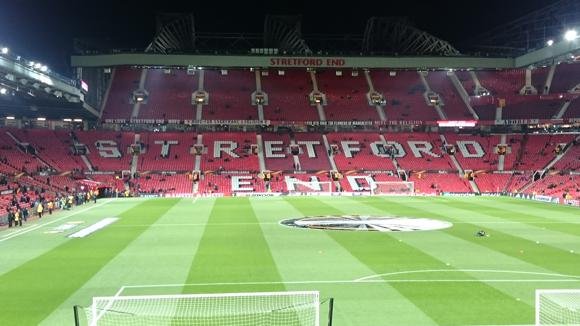
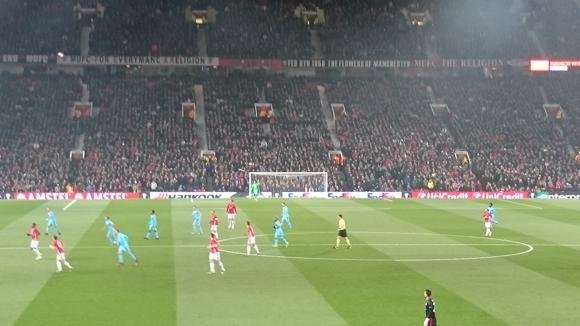
Solskjaer’s luck soon ran out, however, despite an string of life-saving goals in the Champions League by Cristiano Ronaldo, making a surprise return to Old Trafford more than a decade after he left it. An abject 5-0 home defeat to Liverpool ranked as the lowest United had sunk in living memory – until a 4-1 loss at Watford a month later.
Club stalwart Michael Carrick held the tiller until the curious appointment of German pressing supremo Ralf Rangnick, just as debate raged on the relative value of a 36-year-old Portuguese goal machine to a team conceding with ease.
In the end, Ronaldo ended the campaign as top scorer with 24 in all competitions. Rangnick duly passed the poisoned chalice of Manchester United manager to Erik ten Hag. The Ajax legend soon handled the departure of Ronaldo following a controversial interview – then restored the pep to Marcus Rashford’s step.
Scoring 30 in all competitions, the Manchester-born former wonder boy emerged from Ronaldo’s shadow to score in United’s shock comeback win in the derby and their League Cup triumph over Newcastle at Wembley. The arrival of his England colleague Mason Mount before the 2023-24 season augured well for Rashford’s continued rehabilitation.
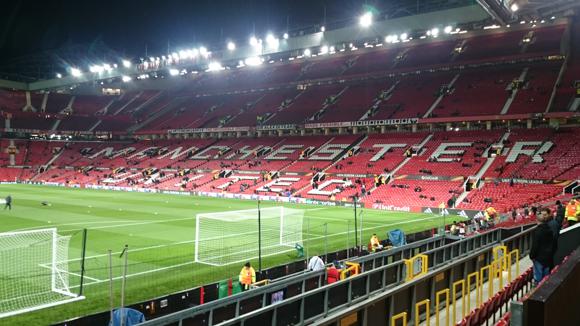

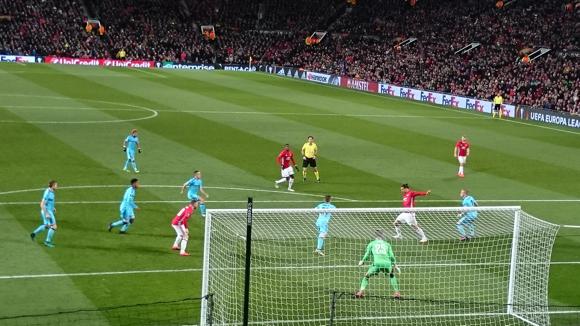
While all eyes were on a strangely disappointing Rashford in 2023-24, absent on occasion despite a lucrative new contract and dropped from England’s Euro 2024 squad, a younger graduate from United’s academy came to the fore, Kobbie Mainoo. Making his senior debut in 2023, the teenage midfielder impressed enough in 2024 to start for England that spring, picking up a Man of the Match award for his performance against Belgium.
With incoming co-owner Jim Ratcliffe promising sweeping changes in his role overseeing the football operation at a lacklustre United, and ten Hag’s job on the line, Mainoo and fellow teenager Alejandro Garnacho came good in the last game of the season.
Facing league champions Manchester City for the second consecutive FA Cup final, United gave their fans a boost with a spirited display that rattled their rivals and put the Red Devils 2-0 up at half-time. A goal each from the teenagers, and another Man of the Match display from Mainoo, led to a satisfying win that kept the Dutchman in the United hotseat for 2024-25. Mainoo, meanwhile, was a revelation at Euro 2024, carving out a regular spot in the first XI.
Ground Guide
The Theatre of Dreams – and the story behind it
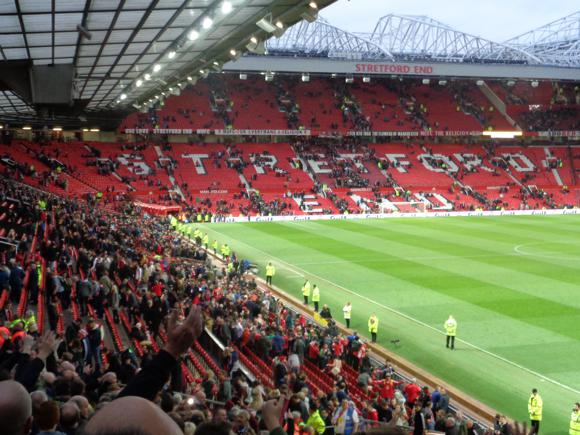

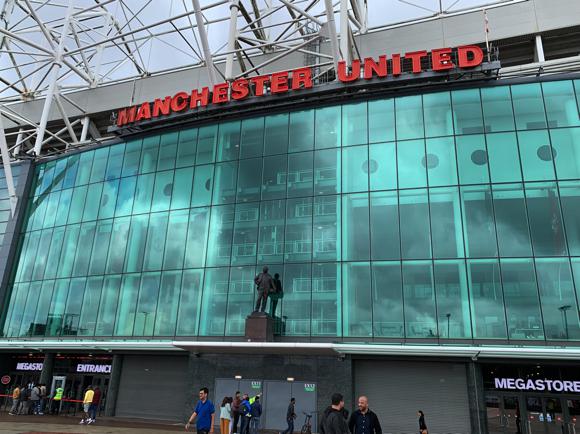



The Theatre of Dreams’, Old Trafford can accommodate just over 74,000 spectators, making it the biggest club ground in England, and United duly attract by far the biggest average gate in the world’s richest league. On the downside, it’s falling apart.
Overlooked as a venue for Euro 2028, which would have been unthinkable when England staged the event nationwide in 1996, the stadium was last renovated in 2006. Its shortcomings were exposed in no uncertain terms when a downpour caused buckets of rain to leak through the roof and into the changing rooms.
Incoming co-owner Jim Ratcliffe, now responsible for football operations at the club, duly announced a bold plan for a new-build next door, a 100,000-seater Wembley of the North, whose construction would last six years while the original stadium would still be in use.
Unveiled in 1910, Old Trafford, set by the Bridgewater Canal, was conceived by the great Scottish stadium architect Archibald Leitch, responsible for Anfield, Highbury and Hampden Park. Seriously damaged by German bombing, it reopened through the 1950s and saw significant renovation for the 1966 World Cup.

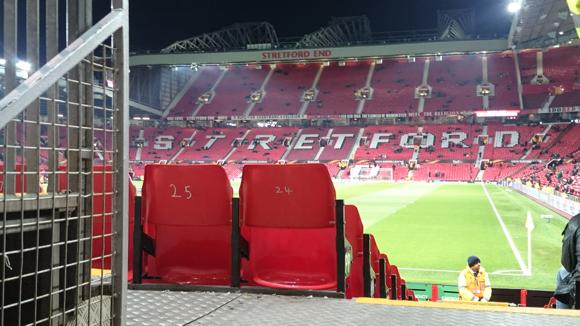

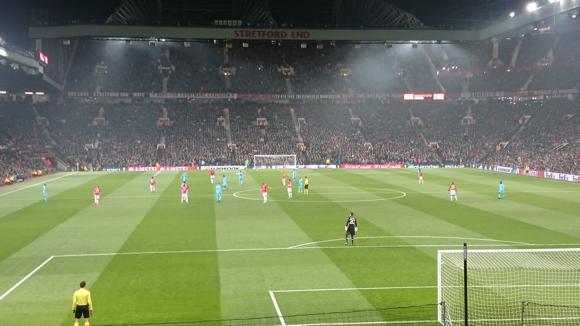
A new three-tiered North Stand was built in time for Euro 96, towering over United Road. It was since named after Sir Alex Ferguson, whose statue is perched high above its huge façade, behind which you find the Red Café and Manchester United Museum.
The facing smaller South Stand honouring Sir Bobby Charlton accommodates VIPs, media and the dug-outs. The West Stand is the former Stretford End, home of United’s loyal but long-suffering Red Army following, while the East Stand houses the United Megastore.
Away fans are allocated a corner (currently sectors STH229/E230-233), between the East and South Stands. This includes 2,500 safe-standing places, complementing the 3,600 in the north-east and south-west quadrants of the stadium, adjoining the Stretford End.
Outside the East Stand, on Sir Matt Busby Way, stand statues to Best, Law and Charlton, and Busby himself. Just beyond is the Hotel Football, one of the first of its kind in the UK.
getting here
Going to the ground – tips and timings
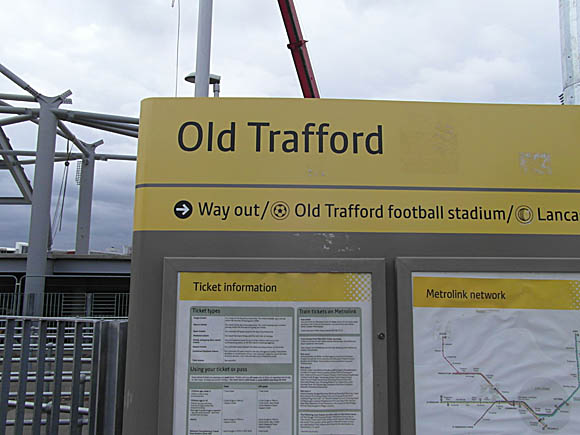

The match-day Manchester Utd Football Ground (FC Halt) rail station has long been closed for safety reasons. Three stops on the Metrolink tram network are within walking distance of the stadium. From Piccadilly, take the purple line or pick up the green line at St Peter’s Square, direction Altrincham, to Old Trafford (15-20mins, single £2.80, return £3.90), right by the cricket ground. Exit the station into Brian Statham Way, head up Warwick Road until the junction of Chester Road and Sir Matt Busby Way. The stadium is ahead. Allow 15 minutes.
Away fans might find it easier to use the new Wharfside station on the red line, changing at Cornbrook from Piccadilly/St Peter’s Square – it’s just over the road from the Premier Inn, a short walk from the ground. One stop away, Pomona, also on the light blue and orange lines from Piccadilly/St Peter’s Square, is 10-15min away along the waterfront and may be quieter.
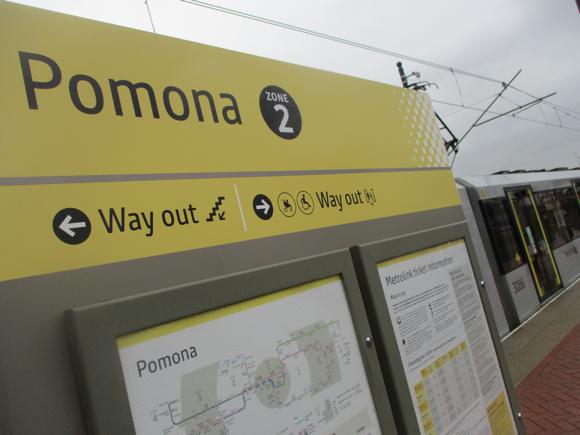
The sat nav code for Old Trafford is M16 0RA. There’s no parking at the ground, and limited street parking nearby. The club also sells limited parking spaces per fixture.
The best option is to use the Quayside MediaCityUK mall (M50 3AH) at Salford Quays, which charges £4.40 for up to four hours. From there, walk over to Salford Quays – the easiest option for pre-match drinks for away fans – and the Metrolink (light blue line/orange line) to Pomona. The MediaCityUK stop itself also works on Sundays.
Further up the light-blue line at Ladywell (M5 5AT), there are 250 free secure parking spaces at the Metrolink station. From there, it’s direct to Pomona 20min away. Many also use the P&R at Altrincham station (WA14 1EN), direct to Old Trafford.
On non-match days, stadium car park E2 is free to use, sat nav M16 0SZ.
getting in
Buying tickets – when, where, how and how much

Availability is extremely limited for most league games. All four types of United Memberships – Premium (£75/season), Full (£40), Lite (£35) and Junior (U-16, £20) – grant priority access for ticket purchase in descending order.
The club sells tickets online to members only. These go on sale around six weeks before each home game – members can sign up for ticket alerts. The club also offers a number of hospitality packages for each fixture.
Note that all tickets are now digital – there are no print-at-home options.
A ticket and hotel package with sportsbreaks is available for all league games, from as little as £169 per person, based on two people sharing a room. Prices go up to £269 for the visit of Liverpool, while games with City, Arsenal, Chelsea and Newcastle are all in the £200-plus range.
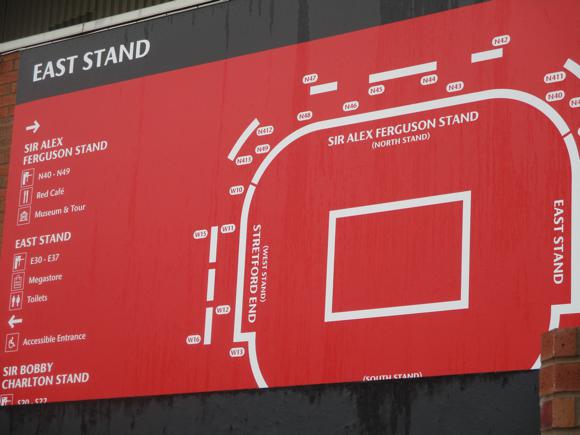
The club doesn’t run an exchange scheme for season-ticket holders, rather a forwarding option up to two weeks before any fixture, to a member or non-member (£10 levy). This is done through the Manchester United app.
Should tickets be available, prices average £60-£65 in the Sir Alex Ferguson/Sir Bobby Charlton Stands (18-20s/over-65s £45-£50, 16-17s £35, under-16s £23 anywhere in the ground), and £40-£50 in the East/West Stands behind the goals (18-20s/over-65s £35-£40, 16-17s £25-£30).
For the FA Cup, prices are pretty much the same, except that it’s £21 across the board for under-16s. The Carabao Cup is £5-£10 cheaper per seat, under-16s paying £20, the Europa League slightly cheaper still, and £18 for under-16s.
Away fans pay £30, over-65s/under-18s £20, under-16s £15.
For all ticket information, contact the club on 0161 676 7770 (Mon-Fri 8am-6pm, match days from 3.5hrs before kick-off) or email tickets@manutd.co.uk.
what to buy
Shirts, kits, merchandise and gifts
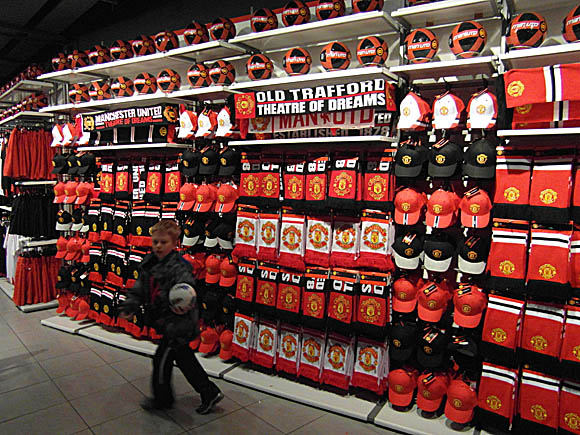

Beneath the East Stand, the Manchester United Megastore (Mon-Thur 10am-5.30pm, Fri-Sat 10am-6pm, Sun 11am-5pm, match days but closed during match) attracts a million customers a year, drawn by some 800 products. Current curiosities include MUFC hair clippers, dog jumpers and Christmas baubles.
Look out, too, for the series of Paul Smith-branded merchandise – scarves, wallets, credit-card holders – that stand out from the crowd.
As well as replica shirts – currently a redder than red version of the traditional top with white adidas shoulder stripes, third choice white with separate bands of black and red, second kit blue with a turn-down collar – there are retro tops in ’68 blue and ’63 red.
There’s also an official match-day merchandise kiosk behind the Sir Alex Ferguson Stand.
tours & Museum
Explore the club inside and out

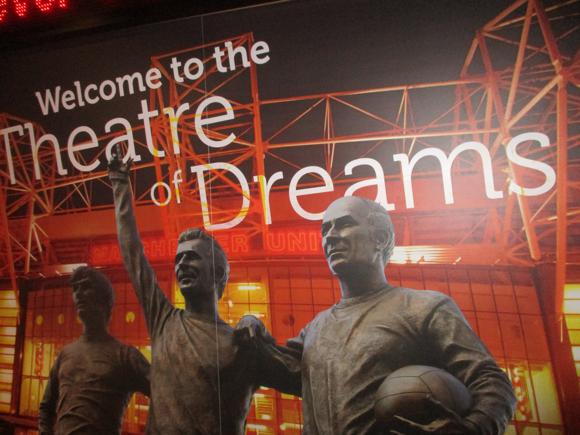

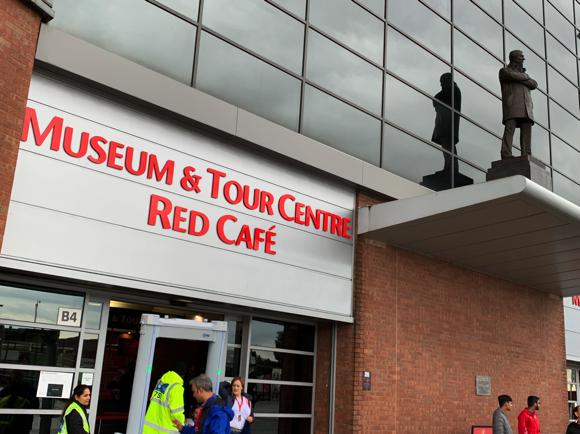
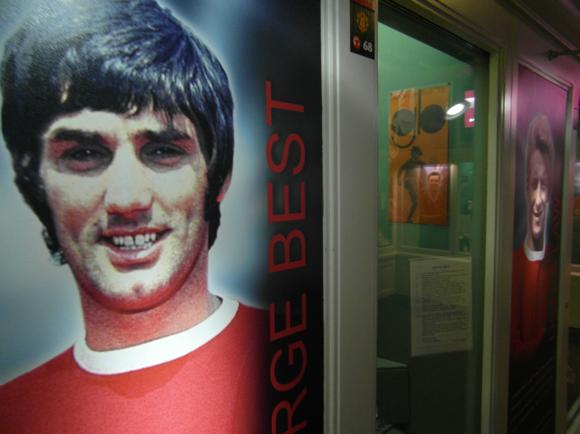
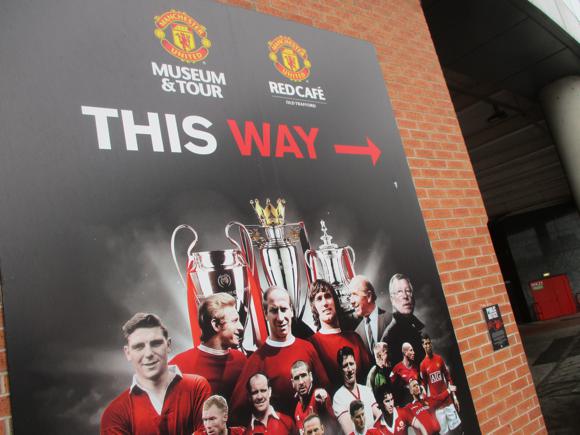
Museum & Stadium Tours come in many varieties, from a sneak peek at the pitch to a specialist guide explaining the features to visitors by using sign Language.
The standard museum visit and tour of the changing rooms, press area, dugouts and players’ tunnel newly designed for 2024-25 runs most days a week on the hour between 10am-3pm and lasts 70 minutes. Admission is £28, over-65s & under-16s £15.
A tour given by a United legend (£140, over-65s & under-16s £50) also involves a three-course meal in one of the hospitality suites.
The club should be applauded for arranging guided tours by interpreters of sign language (British Level 6) working alongside a tour guide, as well as a sensory tour during which noise and lights are kept to a minimum.
The huge, three-floor museum (Mon-Thur & Sun 9.30am-4pm, Fri-Sat 9.30am-5pm, not match days) contains rooms dedicated to Sir Matt Busby and Munich, and an impressive walk-through exhibit presenting the story, game-by-game, of the 1999 treble. Note that there are no separate tickets for museum visits only, you can only access as part of a stadium tour of some kind.
Where to Drink
Pre-match beers for fans and casual visitors



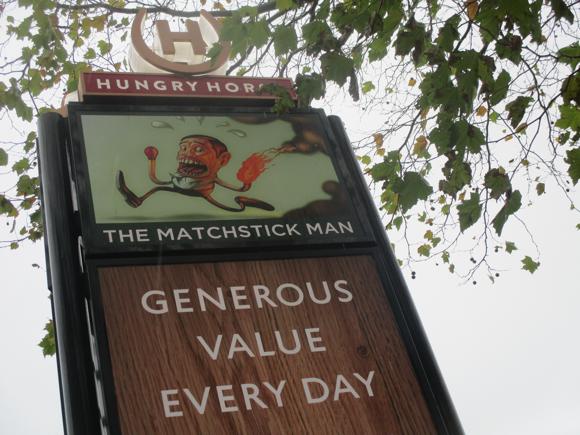
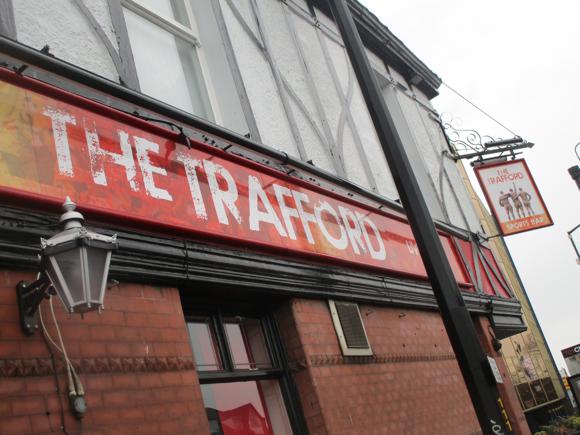
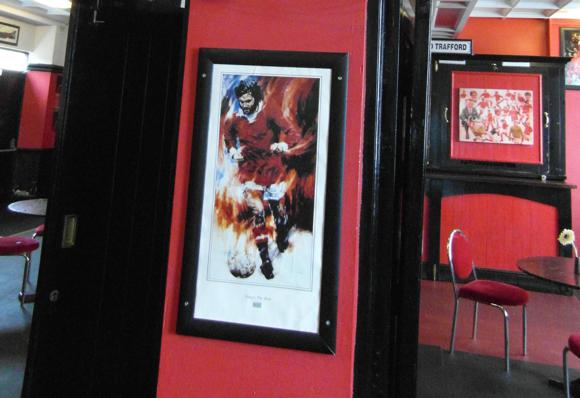



Away fans in colours are best directed to outlets at the Salford Quays, a 15-minute walk from the ground. On the waterside near MediaCity facing Old Trafford across the water, CraftBrew refers to both beer and coffee, sleek Lime has a popular terrace and TV sport, while award-winning TheDOCKyard goes big on artisanal ales and alfresco imbibing. Closer to Exchange Quays station, family-friendly chain such as Matchstick Man, festooned with TVs.
On Chester Road, classic pre-match pubs for United fans and neutrals include The Trafford (No.699), decked floor to ceiling in United memorabilia (even down to the red pool table), and, diagonally opposite, The Bishop Blaize, a screen-lined Wetherspoons whose bar features the oar swiped from the final scene of Ken Loach film Looking for Eric, signed by Cantona himself.
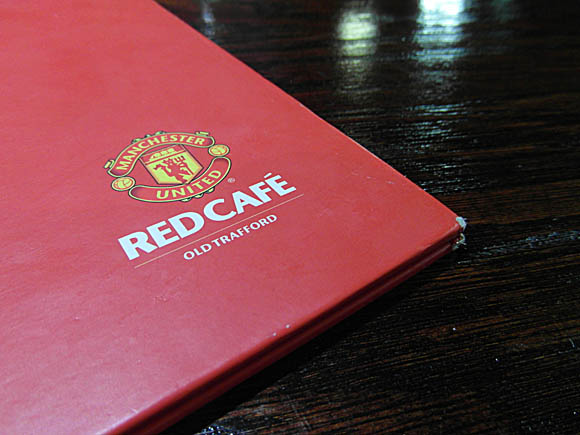




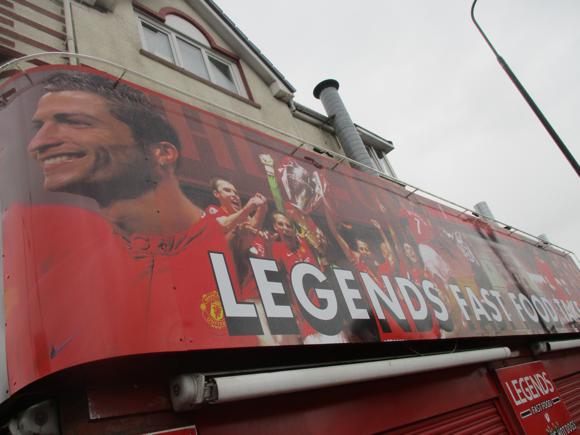





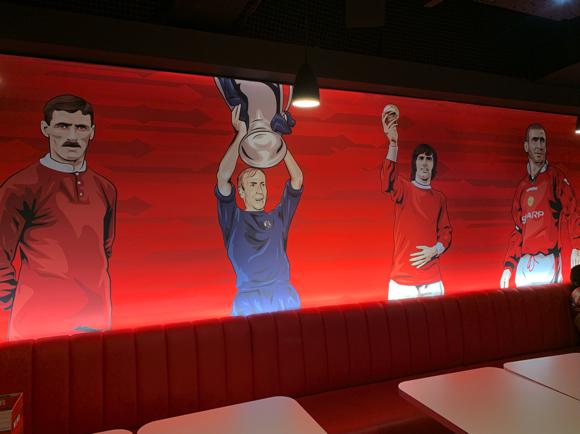
For a quick bite, the Lou Macari chip shop, Legends and the United Café (with seating inside) await as you approach the East Stand from the corner of Chester Road/Sir Matt Busby Way. On the north-east side of the ground by the canal, Cafe Football in the themed hotel of the same name is over-18s only on match days but otherwise open to non-guests. If you haven’t reserved a table, there should be space at the bar. Later in the evening after the game, the bar only serves hotel guests. Draught options include Tuborg, Tetley’s, San Miguel and Guinness, while burgers dominate the main menu.
On the third floor of the North/Sir Alex Ferguson Stand, the themed Red Café by the museum exit provides steak or fish and chips before United and City do battle on the table-football table. Draught beers include Heineken and Worthington’s bitter. Match days are reserved for VIP packages.











